How to Maximize Space Efficiency with Antbox Container Solutions
In today's fast-paced and ever-evolving economy, efficient space utilization has become a critical factor for businesses seeking to optimize operations and reduce overhead costs. According to a recent report by the Global Container Industry Association, approximately 30% of warehouse space remains underutilized, costing companies significantly in potential revenue.
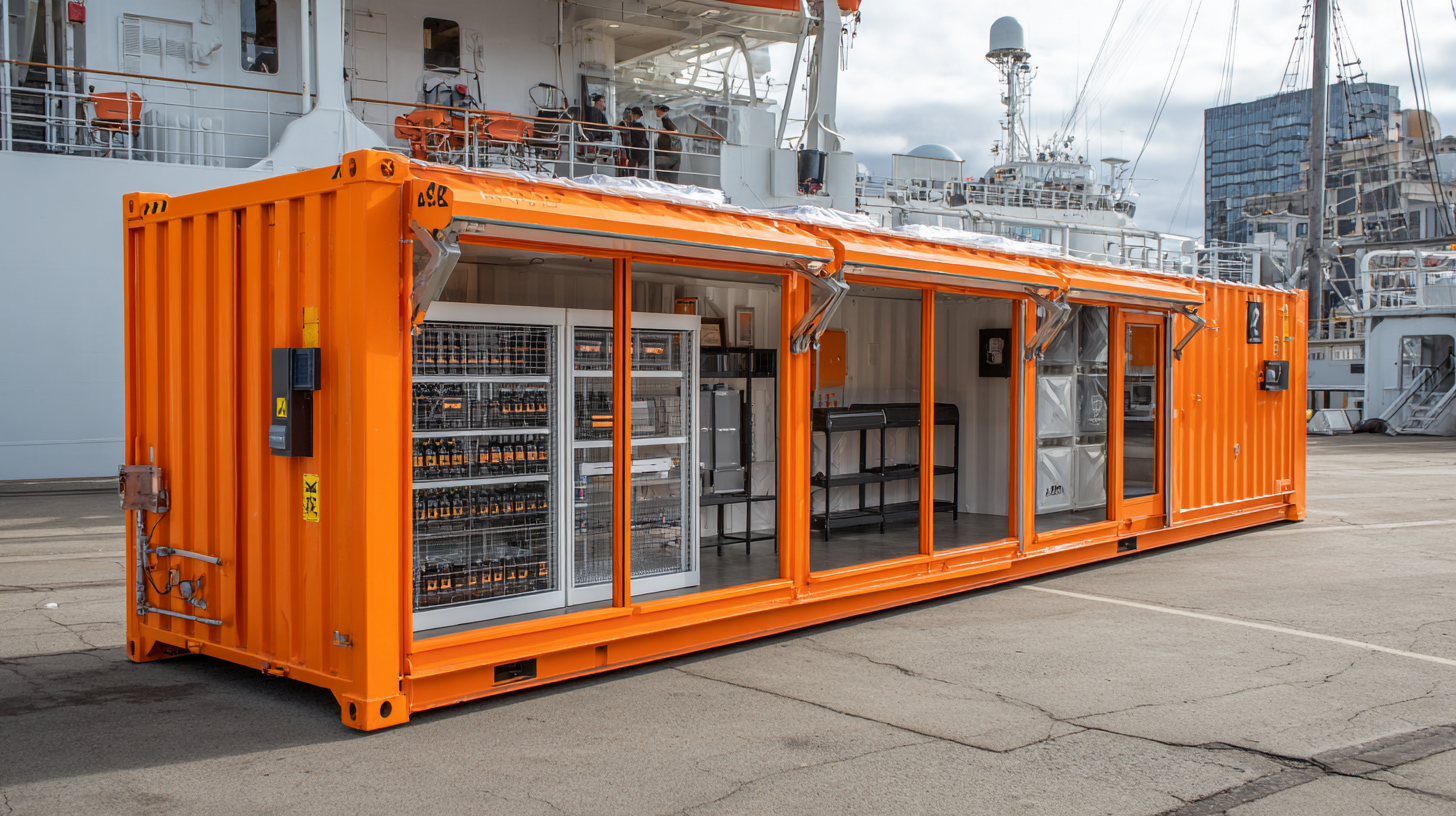
The rise of innovative solutions, such as Antbox Container, offers a transformative approach to maximizing space efficiency. With their modular design and flexibility, Antbox Containers can significantly enhance storage capabilities while adapting to changing needs. Furthermore, industry data suggests that businesses utilizing container solutions can increase their operational efficiency by up to 40%.
As we delve into the strategies for maximizing space efficiency with Antbox Container solutions, it is essential to understand how these advancements can redefine storage practices and drive profitability in a competitive market.
Understanding the Basics of Antbox Container Solutions for Space Efficiency
Antbox container solutions are designed to optimize space efficiency in various environments, whether for residential use, commercial businesses, or industrial applications. Understanding the fundamental aspects of these containers can significantly enhance their practicality and functionality. The modular design of Antbox containers allows for flexible arrangements that can adapt to changing needs, maximizing every square foot of available space. Users can stack and combine containers to create customized configurations, facilitating efficient storage and workspace organization.
In addition, Antbox containers are crafted with durable materials that ensure long-lasting performance while maintaining a lightweight profile. This balance allows for easy relocation and adaptability in diverse settings. Furthermore, their design incorporates features such as ventilation and insulation, promoting a conducive atmosphere for both storage and operational purposes. By utilizing these versatile solutions, individuals and organizations can effectively address space constraints while maintaining an organized and efficient environment.
Innovative Design Features of Antbox Containers That Save Space
Antbox containers are revolutionizing the way we think about space efficiency in urban planning and logistics. With innovative design features such as modular stacking capabilities and optimized internal layouts, Antbox containers are engineered to maximize useable space by up to 30%. According to a report from the International Journal of Logistics, efficient container designs can lead to significant cost savings, potentially reducing overall logistical expenses by 15% in densely populated areas.
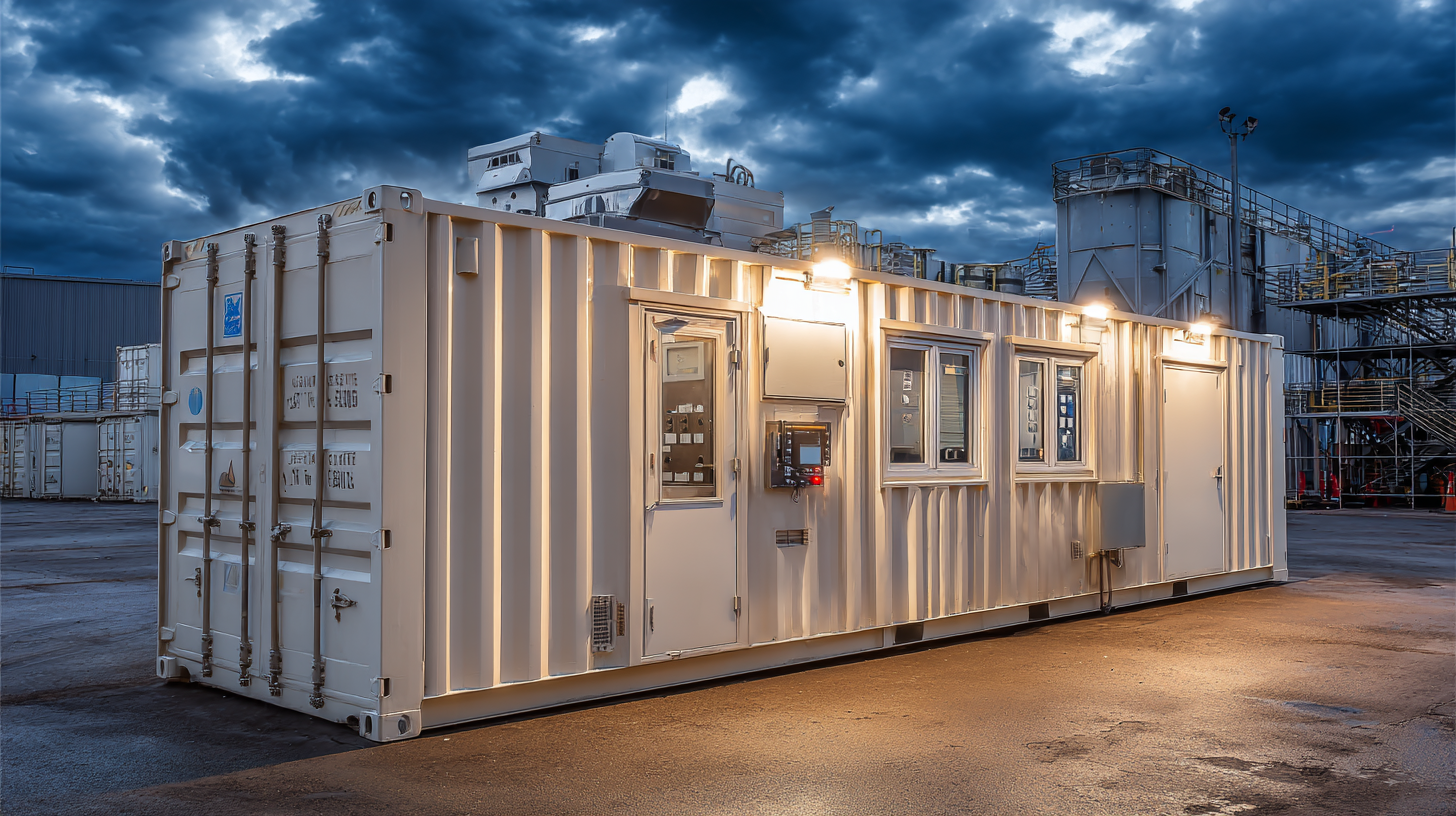 One standout feature is the adjustable shelving system, which allows users to customize the internal organization of their containers based on their specific needs. This adaptability not only enhances accessibility but also decreases wasted space. Furthermore, the lightweight construction of Antbox containers allows for more efficient transportation and storage, reducing carbon footprints by 25%, as noted in a recent study by the Environmental Impact Research Association.
One standout feature is the adjustable shelving system, which allows users to customize the internal organization of their containers based on their specific needs. This adaptability not only enhances accessibility but also decreases wasted space. Furthermore, the lightweight construction of Antbox containers allows for more efficient transportation and storage, reducing carbon footprints by 25%, as noted in a recent study by the Environmental Impact Research Association.
Tips: To get the most out of your Antbox container, consider implementing vertical storage solutions to further maximize space. Additionally, regular assessments of your container's layout can identify potential inefficiencies and allow for adjustments that enhance overall functionality. Investing in modular designs can give you the flexibility to adapt to changing needs without significant costs.
Strategic Placement and Arrangement of Antbox Containers in Your Space
Maximizing space efficiency with Antbox container solutions begins with strategic placement and arrangement. Industry reports indicate that optimal container positioning can enhance operational efficiency by up to 30%. By analyzing the workflow and movement patterns within a space, organizations can position Antbox containers to minimize travel time and facilitate easy access. For example, placing frequently accessed containers near workstations can significantly reduce the time employees spend retrieving materials, leading to increased productivity.
Furthermore, innovative stacking and modular arrangements can further amplify space efficiency. According to a 2022 study by the International Journal of Supply Chain Management, companies utilizing modular container systems reported a 25% reduction in required storage space. This approach not only optimizes physical space but also allows for greater flexibility in adapting to changing inventory needs. By leveraging the versatility of Antbox containers, businesses can create dynamic storage solutions that evolve with their operational demands, ensuring valuable space is maximized at all times.
Practical Tips for Customizing Antbox Containers to Meet Your Needs
Maximizing space efficiency with Antbox container solutions is essential in today's fast-paced shipping environment. With the global pharmaceutical container market projected to reach USD 189.45 billion by 2034, a growing emphasis is placed on customizing containers to streamline operations and reduce costs. The ability to tailor Antbox containers to specific needs allows businesses to utilize every inch of available space, ultimately enhancing their bottom line.
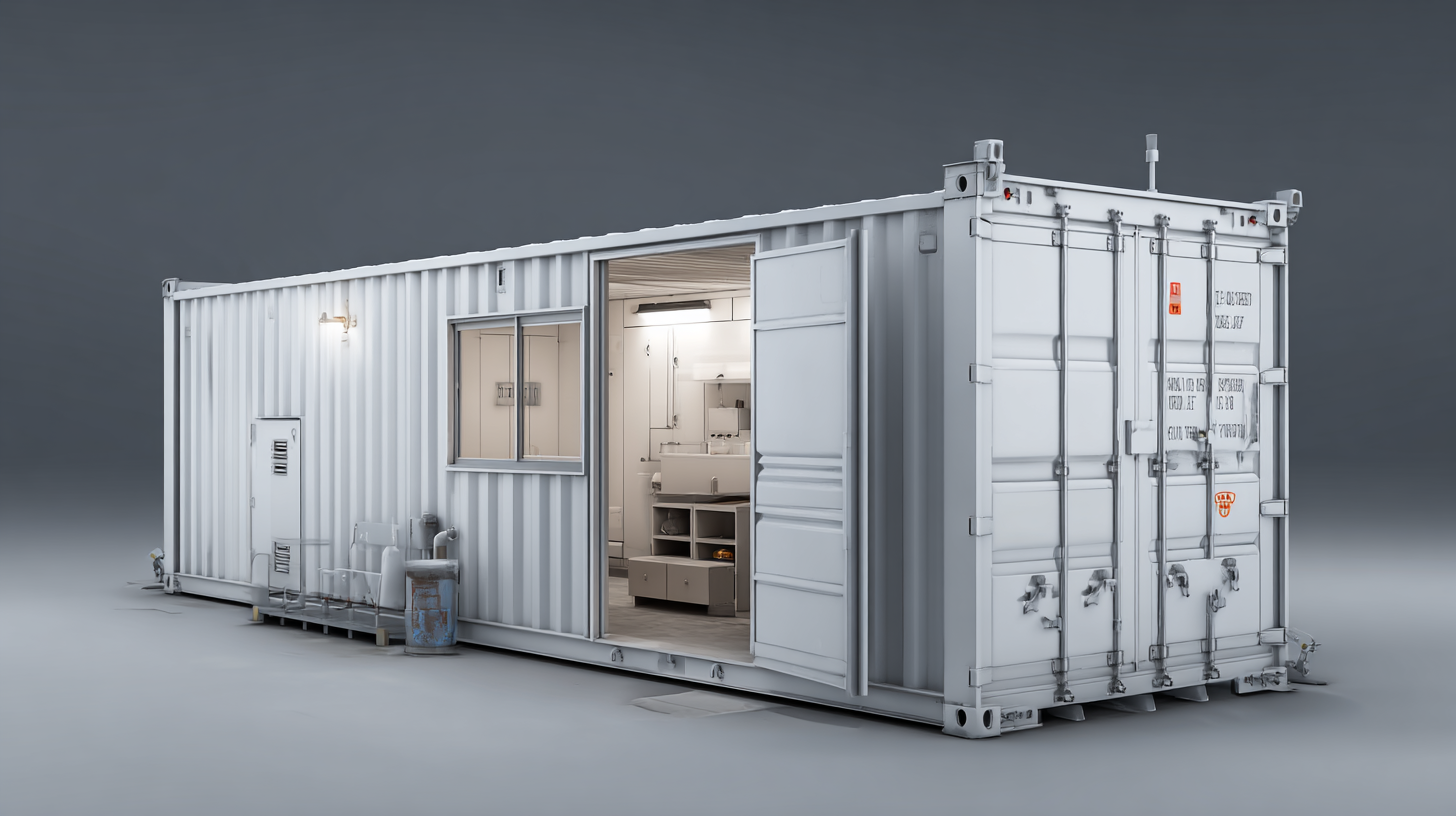
Tips for Customizing Antbox Containers: First, consider the dimensions and weight requirements of the cargo. This ensures compliance with shipping regulations, especially when transporting sensitive materials. Secondly, utilize modular designs that can be adjusted based on fluctuating inventory levels. This flexibility is crucial as the modular container market is expected to grow at a rate of 7.5% from 2022 to 2030, highlighting a strong trend toward adaptable shipping solutions. Finally, incorporating temperature control features can significantly benefit pharmaceuticals, ensuring product integrity during transit.
With these strategies, companies can effectively harness the benefits of Antbox containers, maximizing their operational efficiency while responding to the demands of the ever-evolving market landscape.
Case Studies: Successful Space Optimization with Antbox Container Solutions
Antbox container solutions have increasingly gained attention for their ability to optimize space in various industries. In one notable case study, a retail company successfully implemented these modular containers to create a pop-up shop in an urban area. By utilizing the flexible layout of Antbox containers, the company was able to set up a functional retail space in just a few days, significantly reducing traditional construction time and costs. This not only demonstrated the speed of deployment but also allowed the retailer to test different locations without long-term commitment.
Another example highlights the use of Antbox solutions in the logistics sector. A distribution center adopted these containers for short-term storage, effectively increasing their capacity without the need for permanent structures. The containers’ stackable design enabled the center to maximize vertical space, leading to a more efficient inventory management system. This approach not only improved operational efficiency but also contributed to a greener footprint by reducing resource consumption from conventional building expansion methods. Through these case studies, Antbox shows how adaptive approaches to container solutions can lead to substantial benefits in space management across various fields.
Maximizing Space Efficiency with Container Solutions
This chart illustrates the improvement in space utilization before and after the implementation of container solutions, showcasing a significant increase from 40% to 85% efficiency.
Related Posts
-
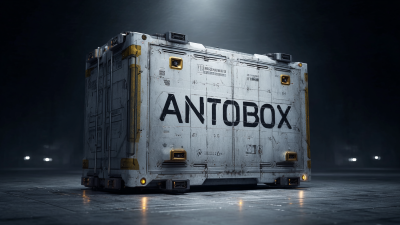
Exploring the Future of Best Antbox Container Technology in 2025 a Comprehensive Buyers Guide
-

10 Reasons Why Antbox Container is the Best Choice for Your Business
-

7 Proven Reasons to Invest in Container Bitcoin Mining for Your Business Success
-
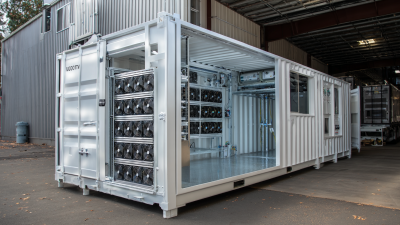
Exploring Innovative Alternatives for Bitcoin Mining Shipping Container Solutions
-

Unveiling the Technical Specifications of Top Notch Asic Mining Equipment at the Best Asic Mining Shop
-

Top 5 Best ASIC Crypto Miners Compared: Which One Reigns Supreme?
